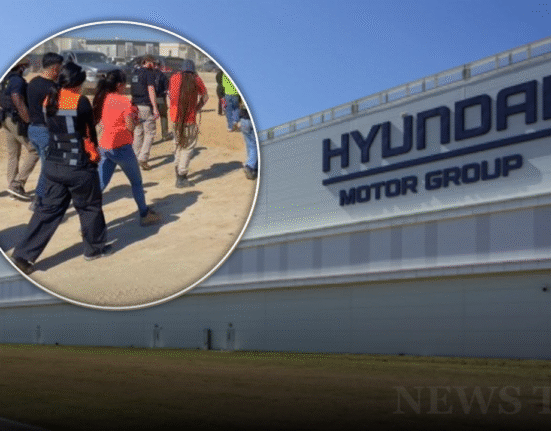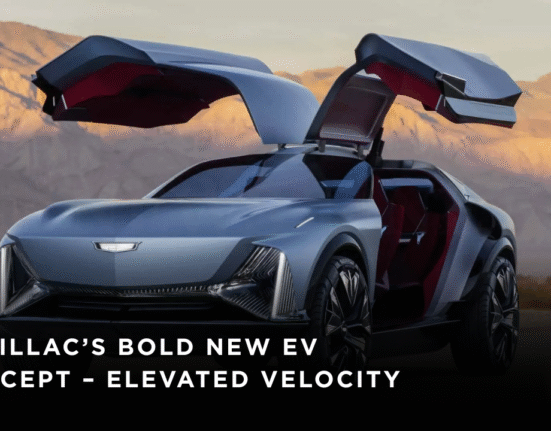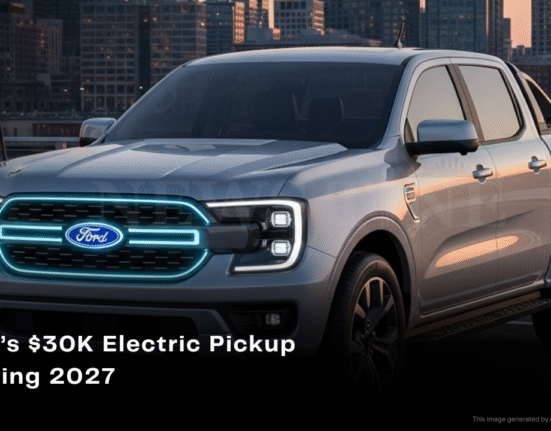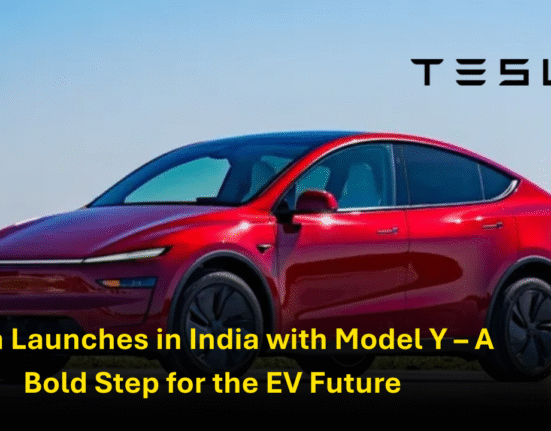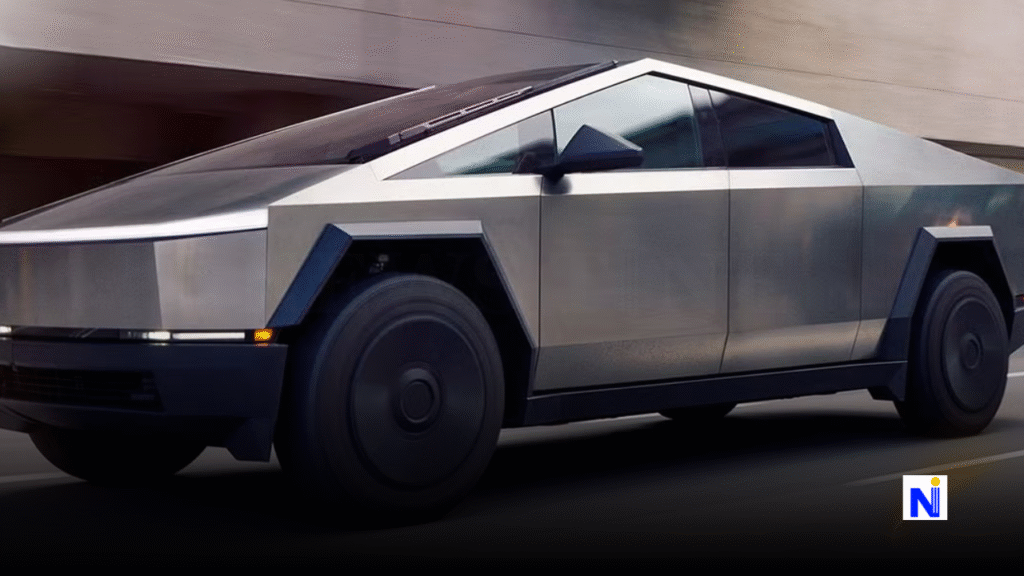
The Tesla Cybertruck has been dividing opinions since its first dramatic reveal, with some calling it futuristic and others dismissing it as a steel-clad monstrosity. But now, a new controversy has emerged—claims that riding inside the Cybertruck can actually make people feel sick. From dizzy TikTok users to passengers reporting headaches and even nosebleeds, the stories are spreading fast online. While some dismiss the chatter as internet exaggeration, others insist there may be something worth investigating.
The Rise of Passenger Complaints
Social media has been at the center of this growing discussion:
- TikTok stories of family trips gone wrong in rental Cybertrucks
- Reddit threads describing motion sickness and nausea
- Comments across EV forums suggesting the Cybertruck’s ride feels jerky and unnatural
One viral example came from a woman who said riding in a rented Cybertruck felt like being trapped in a “giant golf cart,” leaving her queasy after just a short trip.
Why EVs Can Feel Different
It turns out the Cybertruck isn’t the only EV facing these complaints. Experts point to a few specific reasons:
- Instant Torque – Electric vehicles deliver power immediately, meaning passengers are often thrown forward at even gentle acceleration.
- Regenerative Braking – Unlike traditional braking, regen systems can slow the car suddenly when drivers lift their foot off the accelerator.
- Cabin Dynamics – The Cybertruck’s angular, steel-heavy design and rigid ride may exaggerate these sensations compared to softer, gas-powered vehicles.
According to a 2024 ABC News report, thousands of new EV buyers across multiple brands reported similar feelings of motion sickness, especially when adjusting to regen braking.
Alternative Theories: Beyond Motion Sickness
Some critics have taken the conversation further, speculating that the Cybertruck could affect passengers in other ways:
- Battery emissions: Unverified claims suggest fumes or chemicals could play a role.
- Electromagnetic sensitivity: A controversial theory proposes exposure to EV electronics may trigger nausea or headaches.
However, medical experts largely dismiss these explanations, noting that electromagnetic hypersensitivity has not been scientifically proven. As Dr. Lila Henderson, a neurologist, puts it:
“Most likely, this is an adjustment issue. EVs simply drive differently than gas cars, and our inner ears don’t always appreciate that.”
Is the Cybertruck the Main Culprit?
While Tesla’s angular pickup often finds itself in the headlines, it’s not alone in this discussion. Complaints about EV-induced nausea have been tied to Polestar, Rivian, and even Hyundai electric models. The Cybertruck, however, tends to attract louder criticism possibly because it’s already one of the most polarizing vehicles on the road.
How Drivers Can Minimize Discomfort
If you’re new to EVs and find yourself feeling unsettled, here are a few practical tips:
- Ease into acceleration: Gentle starts can prevent the sudden jolt of torque.
- Adjust regen settings: Many EVs allow you to lower or disable strong regenerative braking.
- Fresh air helps: Opening windows or using cabin circulation can reduce nausea.
- Shorter rides at first: Give your body time to adapt before tackling long road trips.
So, does the Tesla Cybertruck really make people sick? For now, the simplest explanation is the most likely EV driving dynamics can be disorienting if you’re not used to them. Whether or not the Cybertruck deserves its reputation as the worst offender is still up for debate.


